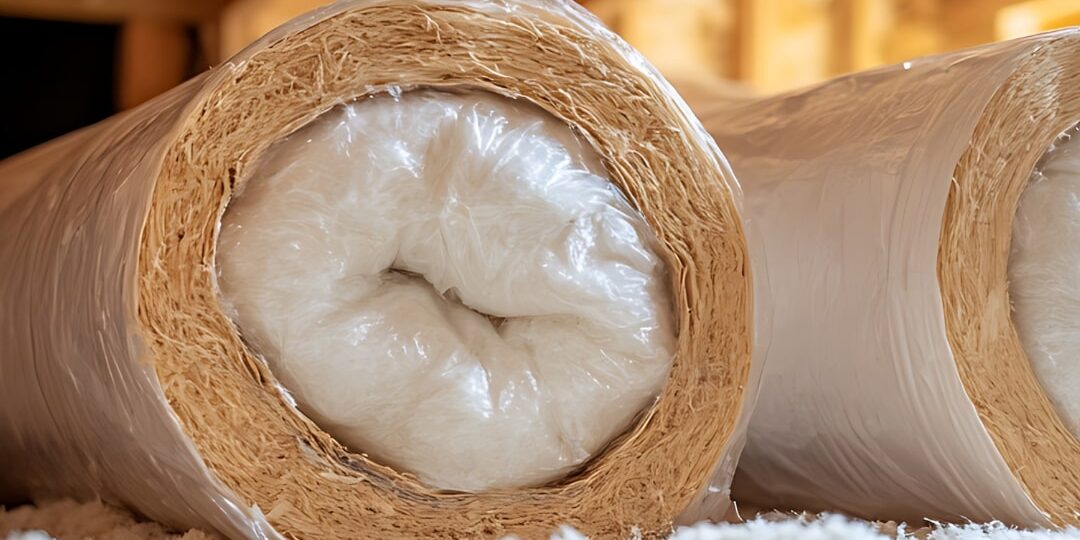As the first frosts hit Loveland and winter settles in, ensuring your home is well-insulated becomes more than a matter of comfort—it’s essential for energy efficiency, safety, and long-term savings. From drafty walls to frozen pipes, the colder months in Northern Colorado can take a serious toll on homes that aren’t prepared. So how do you know if your insulation is up to the task?
Here’s your full-home insulation check-up guide—covering the attic, walls, basement, and crawl space—to help you get winter-ready before temperatures drop.
Warning Signs Your Home Needs Better Insulation
Loveland homeowners should be especially mindful of the following red flags:
- Cold drafts near windows, outlets, or floors
- Inconsistent indoor temperatures from room to room
- High heating bills despite steady usage
- Interior walls or floors that feel cold or damp
- Recurring ice dams along the roofline
- Frozen pipes in basements or crawl spaces
If any of these sound familiar, your insulation may be outdated, compressed, or missing entirely.
Loveland R-Value Guidelines for Maximum Winter Protection
The R-value measures how well insulation resists heat flow. Higher R-values mean better thermal performance. For Loveland’s cold climate, the U.S. Department of Energy and local building codes recommend:
- Attic: R-49 or higher
- Exterior Walls: R-18
- Floors over unconditioned spaces (like garages or crawl spaces): R-25
- Basements: R-11
Room-by-Room Insulation Checklist
1. Attic
Heat rises—and escapes fast without adequate insulation. If your attic lacks coverage, has moisture issues, or shows signs of pests, it’s time for an upgrade. Blown-in cellulose or fiberglass insulation is often ideal for even coverage in attic spaces.
2. Walls
Older homes in Loveland may have little to no insulation in exterior walls. Professional home insulation contractors in Loveland, CO can use thermal imaging to detect heat loss and recommend injection foam or dense-packed cellulose for retrofit applications.
3. Basement
Cold basement walls not only waste energy but contribute to an overall chill in the home. Look for moisture issues or drafts, and consider installing foam board or fiberglass batts rated for below-grade use.
4. Crawl Space
Searches for crawl space insulation near me increase every fall—and for good reason. Exposed crawl spaces are a major source of heat loss and pipe freezing. Insulate the walls or floor of the crawl space and seal air leaks to prevent problems before they start.
5. Pipes & Penetrations
Don’t overlook plumbing lines, HVAC ductwork, or electrical outlets. Insulating exposed pipes and sealing gaps around penetrations helps reduce the risk of freezing and improves energy efficiency throughout your home.
Should You DIY or Hire a Pro?
While simple fixes like weatherstripping or pipe sleeves can be DIY-friendly, larger insulation upgrades are best left to professionals. Certified home insulation contractors in Loveland, CO use advanced tools—such as blower door tests and infrared cameras—to pinpoint exactly where your home is losing heat and recommend targeted, code-compliant solutions.
Get Winter-Ready with Insulation Pros
If you’re not sure where to start, Insulation Pros is here to help. Our experienced team provides full-home insulation services, including:
- Attic insulation upgrades
- Wall, basement, and crawl space insulation
- Air sealing and weatherproofing
- Thermal imaging inspections
- Energy-efficient material recommendations
Don’t wait until the next cold front hits—contact Insulation Pros today for a free insulation assessment and take the first step toward a warmer, more efficient home.
Frequently Asked Questions (FAQ)
1. How often should insulation be replaced in Loveland homes?
Insulation can last 20–30 years, but signs like drafts, moisture, or rising energy bills may indicate it’s time for an upgrade sooner.
2. What’s the best insulation type for crawl spaces?
Closed-cell spray foam or rigid foam board works well for moisture-prone crawl spaces due to its resistance to water and mold.
3. How do I know if my attic insulation is sufficient?
You should have at least 16–18 inches of insulation in your attic. If you can see joists or the insulation is uneven or compressed, it’s likely time for more.
4. Can better insulation really lower my heating bills?
Absolutely. Proper insulation and air sealing can cut heating and cooling costs by up to 20%, especially in cold climates like Loveland.
5. Are there rebates available for insulation upgrades in Colorado?
Yes, several local utility companies and state programs offer rebates and incentives for energy-efficient upgrades. Insulation Pros can help guide you through the application process.








